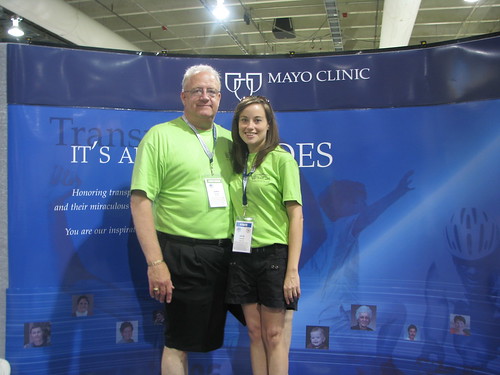As described in Salon, Stuff White People Like is
a satirical blog about a particular segment of Caucasian culture. It’s like an extended “you might be a redneck if” joke recast for a more upscale set. It gently mocks the habits and pretensions of urbane, educated, left-leaning whites, skewering their passion for Barack Obama and public transportation (as long as it’s not a bus), their idle threats to move to Canada, and joy in playing children’s games as adults. Kickball, anyone?
I first became aware of this site about a week ago (which is further evidence of my non-whiteness, at least according to Mr. Lander’s criteria), when people at work started sending me “Have you seen this?” notes regarding this post announcing the Stuff White People Like Facebook application.
I don’t know what would be the basis for calling the Mayo network the whitest on Facebook — whether it’s the number of installs of the application, or the scores of those who take the “whiteness” test. I’m just glad that I’m helping to bring diversity to Mayo. 😉 I did get whiteness points for liking Apple products, however.
That got me thinking: How diverse is the student body at SMUG? Among the 123 current members of the SMUG Facebook group, I know we have at least 10 countries on five continents represented. So I’ve come up with a just-for-fun weekend assignment for SMUG students. It’s completely optional, but then again all of our coursework is completely optional.
Assignment:
- If you haven’t already done it, Enroll in SMUG and be sure to join our Facebook group. This is your chance for a free education in practical use of social media in your business or other organization.
- Visit the Stuff White People Like Facebook application and take the “Whiteness Test.”
- Enter your score and whiteness percentage in the comments below.


